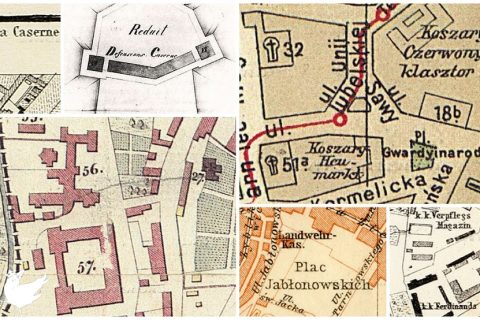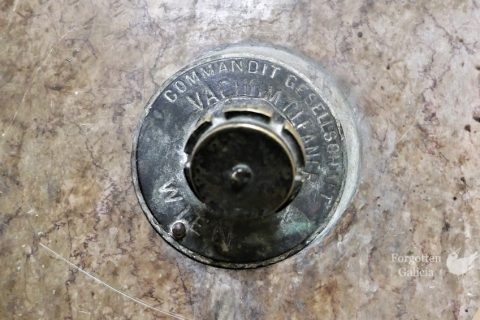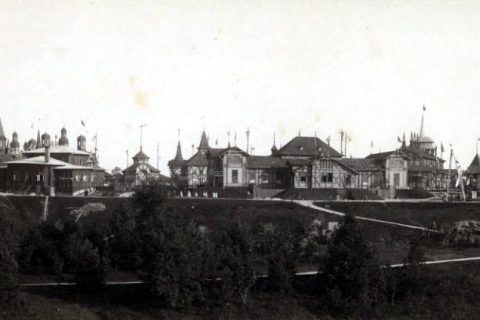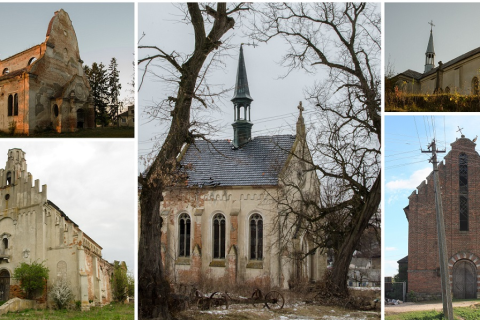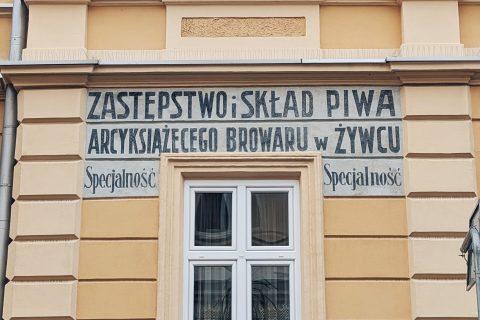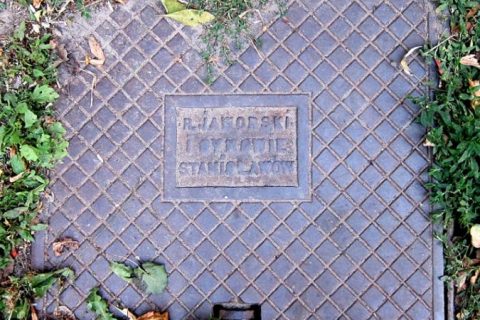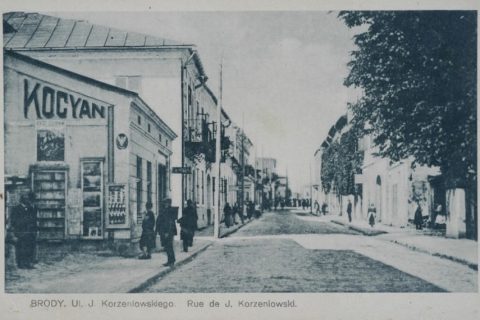Antique Roller Shutters of Lviv
Antique steel roller shutters dating from before WWII can still be found around Lviv, covering the windows and doors of former storefronts. Some of these shutters are still used; many, however, look as if they haven’t been opened in decades. These remnants of the past are especially interesting because their […]
Read More

